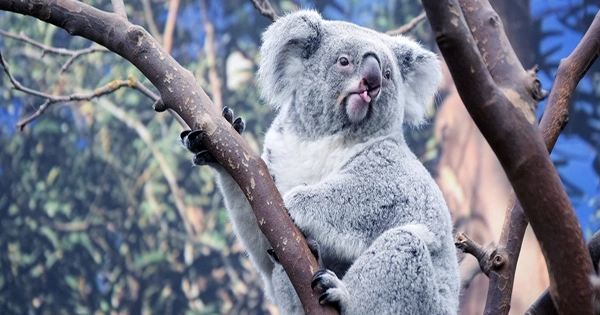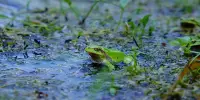The iconic and endearing koala has been designated as endangered across much of its territory, reflecting the numerous threats that are causing a rapid population decline. Environmentalists and tour operators are watching to see if the designation results in meaningful action to safeguard the sleepy marsupials. Sussan Ley, the federal Environment Minister, announced the classification, which was based on a scientific committee’s proposal. “Today, I’m raising the protection level for koalas in NSW, the ACT, and Queensland, redesignating them as endangered rather than vulnerable,” Ley said.
The main surprise for many was that it took so long. Koala numbers were severely impacted by fur hunting a century ago, but they quickly recovered after the practice was discontinued. However, a lethal combination of habitat loss, climate change, automobile accidents, dog attacks, bushfires, and chlamydia has recently struck them. Koala populations have halved in the previous 20 years, despite high numbers in remote areas. According to a parliamentary inquiry, present trends imply that koalas will be extinct in the wild in New South Wales by 2050, with other states likely to follow.
“Within a decade, koalas went from no listing to vulnerable to endangered.” That’s a very rapid fall. The decision is excellent, but it won’t save koalas from extinction unless it’s accompanied by stronger regulations and landowner incentives to safeguard their forest homes, according to WWF-Australia conservation expert Dr Stuart Blanch. For decades, warning indicators have been visible. In 1986, a hit song about the charismatic furballs’ demise was released. With international tourists’ primary goal of snuggling a koala, their extinction is a financial and environmental calamity.
Politicians, on the other hand, have been hesitant to respond. Last year, the government of New South Wales was thrown into disarray when a member of the ruling coalition refused to endorse legislation to conserve koala habitat. A rehabilitation strategy was identified as necessary nine years ago, but none has been implemented to yet. Scientists and environmental organizations have expressed optimism that the listing will help to change this. The federal government has finally provided help in the amount of $50 million (US $36 million), but has done little to address underlying problems such as habitat destruction.
Climate change was glaringly absent from Ley’s list of reasons for the koala’s decline in her announcement. The same forests where koalas live also hold hundreds of lesser-known species, many of which are threatened or endangered, and most initiatives to protect koalas are likely to benefit these as well.
















